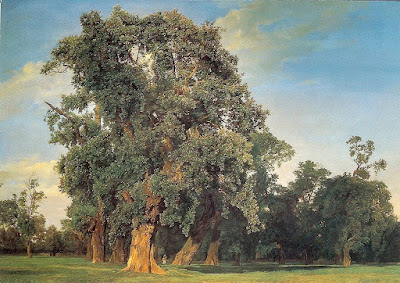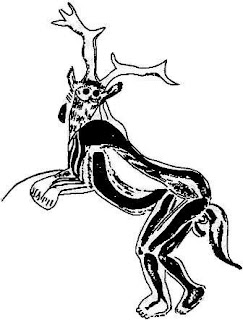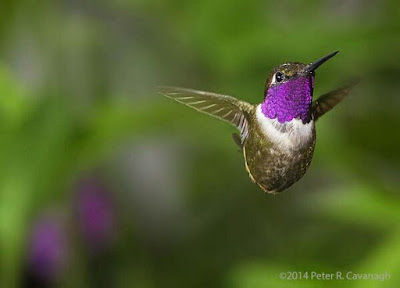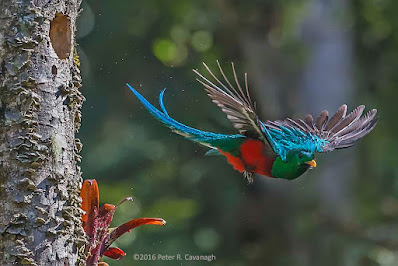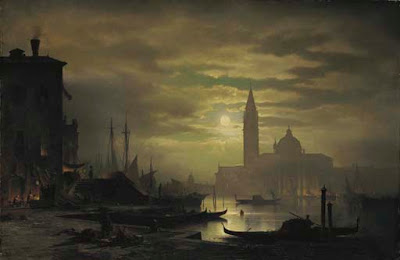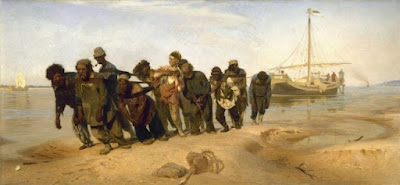Friday, December 31, 2021
Inside the Dinotopia Pop-Up Book
Thursday, December 30, 2021
Designing the Dinotopia Pop-Up Book

He sent me a bunch of examples, and taught me about the history of novelty and movable toy books by Lothar Meggendorfer and other pioneers.

Wednesday, December 29, 2021
Tuesday, December 28, 2021
WPAP Style
Monday, December 27, 2021
Supply-Chain Blues
Titanium white is also affected, leading to shortages in the paint and coatings industry.
The problems are the result of several factors, including Covid shutdowns, the U.S.-China trade war, truck driver shortages, winter storms in Texas, and shipping container disruptions.
Supply Chains and the Coatings Industry
Yahoo news: Now Supply Chain Woes Have Come for the Color Blue
Thanks, Bryn
Sunday, December 26, 2021
High Rider
Saturday, December 25, 2021
Joy the Christmas Donkey
The baby donkey "Peanut's Christmas Joy," or just "Joy" for short, was born 12 years ago.
She arrived in the barn stall early Christmas morning, a complete surprise to the farmer Lenny, who said he didn't even know Peanut was pregnant.
He went in to do the morning chores and noticed Peanut was acting funny. There was a dark shape in the corner. At first he thought a dog had gotten in there. He put Joy in a blanket and let her out into the snow and she met all the other donkeys.
Friday, December 24, 2021
First Snow by Various Painters
Thursday, December 23, 2021
Should An Artist Pursue a Single Style?
Wednesday, December 22, 2021
New Magazines in our Online Store
2. Smithsonian Magazine cover story from September 1995, published in connection with Dinotopia: The World Beneath. Written by Donald Dale Jackson based on extended interviews, the article delves into the inspiration, the process, and the phenomenon of Dinotopia.
3. Illo Magazine has the most extensive and best illustrated interview with James Gurney. The article is 23 pages long with 25 color illustrations, many reproduced full-page. Wide ranging interview covers many stories from Gurney's early years (including "Fire and Ice" and Thomas Kinkade) together with insights about the development of Dinotopia.
4. Cinefantastique, First edition, (January 1, 2002). Special behind-the-scenes coverage of the Dinotopia miniseries, plus fascinating features on Lilo & S., Men in B. 2, Minority Rep., Spirit / Stallion, and a cover article on the webbed superhero dude.
5. Starlog, a popular science fiction magazine (June 2002 #299), covers Dinotopia with three separate articles: First, a profile of Dinotopia's origins as an illustrated book; second an examination of the miniseries adaptation; and third a portfolio of unused concept art for Dinotopia.
6. Nintendo Power video game magazine with a feature on the Gameboy platform-jumper called Dinotopia: The Timestone Pirates. Includes a gatefold poster painted by James Gurney, 22" x 10.5" that you can leave bound in the magazine or detach and put on the wall.
Tuesday, December 21, 2021
Concept Art for "Missing Link"
Monday, December 20, 2021
Waldmüller's Nature Studies
While still in his 20s, he became a professor of art at the Academy in Vienna. Although he had been trained by copying from old masters, he thought that copies from earlier artists shouldn't be the sum total of an art education.
Sunday, December 19, 2021
Composing with a Keyhole View
This painting inside the farrier's shop has a keyhole view on the doorway at the left. It's by Ferdinand Georg Waldmüller (Austrian, 1793-1865).
Saturday, December 18, 2021
A.I. Animates a Cartoony Drawing
Do you have kids around? Here's a fun and easy animation project you can do with them.
Friday, December 17, 2021
Therianthropy
Therianthropy is the ability to shape-shift between human and animal.
Thursday, December 16, 2021
Giant Phantom Jellyfish
"The giant phantom jelly was first collected in 1899. Since then, scientists have only encountered this animal about 100 times. It appears to have a worldwide distribution and has been recorded in all ocean basins except for the Arctic. The challenges of accessing its deep-water habitat contribute to the relative scarcity of sightings for such a large and broadly distributed species."
Wednesday, December 15, 2021
Jason and the Argonauts on Lemnos

According to the myth, the Greek island Lemnos was one of the first stops for the Argonauts.The island had been suffering from an unusual problem. Aphrodite was upset with the women of the island for not visiting her shrines, so she cursed them by giving them a foul stench. The husbands began philandering with the slave girls, which led the wives to kill off all of the men, leaving women to fill all the roles hitherto occupied by men.

Wary of attack by their old enemies the Thracians, the women tended cattle and plowed the fields in full battle armor.
These thumbnail sketches are in sanguine and charcoal on tracing paper, just trying out lots of compositions, conscious of not getting too attached to any of them. It was just as well, because we had to cut way back on space for illustrations in the story, and this moment ended up on the cutting room floor.
Monday, December 13, 2021
Book Review: 100 Flying Birds
A new book called 100 Flying Birds: Photographing the Mechanics of Flight delivers a helpful collection of images in a beautiful and useful form.
Author and photographer Peter Cavanagh has documented the flight poses of a variety of species, from swans and geese to hummingbirds to eagles and owls.
The photos are sharp and clear, reproduced full-page along with the author's commentary on the facing page. The text presents the context of the shot, the mechanics of the flight pose, or insights about behavior or the environment.
That text combined with the photos makes this an unusually welcome resource for birdwatchers or ornithological artists who want a better understanding of their subject.
--
100 Flying Birds: Photographing the Mechanics of Flight, by Peter Cavanagh, Firefly Books, 320 pages, all color, 11 x 11 inches.
Mr. Cavanagh curated the exhibition "How Birds Fly" exhibit at Seattle's Museum of Flight in 2015.
Photos by Peter Cavanagh (@howbirdsfly on Twitter).
Sunday, December 12, 2021
Tempera as an Underpainting Medium
/https://tf-cmsv2-smithsonianmag-media.s3.amazonaws.com/filer_public/5f/a8/5fa80715-13ad-44b2-aff9-d7240dad86ab/800px-michelangelo_-_manchester_madonna.jpg)
"Tempera was widely used because of its durable, multi-purpose applications. The paint was not affected by humidity or temperature and could be used to create various transparent and opaque effects. Once dried, its satin luster resembles modern acrylic paints. The yolk-based paint is prepared by mixing colored, powdered pigments with a water-soluble binder—in this case, eggs. Then, the paint is finished off with a few drops of vinegar to prevent cracking once the paint dries. Because the paint dries so fast, artists have to keep adding water as they work. Rather than paper or canvas, tempera works best on solid wooden surfaces where it's less prone to cracking. The color is also found adorning mummy caskets of ancient Egypt, wood panels from the Byzantine."
Saturday, December 11, 2021
Eden Musée
Eden Musée opened in 1884, and it served up amusements and exhibitions to New York City. In the basement was the Chamber of Horrors. Upstairs was a collection of paintings and a waxwork collection. And there was a theater for viewing motion pictures, magic lantern shows, and marionettes.
"The intention of the Musee was to create a Temple of Art. It was filled with tableaux of icy solitudes, the burning sun of Africa as well as figures of distinguished persons, rulers, artists and scientists of the time. The Musee stood on 23rd Street between Fifth and Sixth Avenues for nearly thirty years before closing its doors for the last time in 1915 - a sign of changing times. The collection from the Musee was then moved to Coney Island before it was completely destroyed in a fire in February 1932."Online: Eden Musée on Wikipedia
Friday, December 10, 2021
Sophus Jacobsen and Moody Moonlight
Thursday, December 9, 2021
Repin Exhibition in Paris

"Le Petit Palais in Paris presents the first French retrospective dedicated to Ilya Repin, one of the greatest glories of Russian art. Little known in France, his work is nevertheless considered an essential milestone in the history of Russian painting of the 19th and 20th centuries. Around a hundred paintings, on loan from the National Tretyakov Gallery in Moscow, the State Russian Museum in Saint Petersburg and the Art Museum of the Ateneum in Helsinki, some of which are very large, will allow us to retrace his journey. through his masterpieces."



























